Huntington Beach Birds
Birding and climbing the greatest climbing tree ever.
Long before the Huntingtons showed up in these parts, the Carolina low country was full of massive rice plantations. This where Hoppin’ John and other southern rice dishes have their origins.
Part of the success of rice in this area is climate-related, but another part of the local success of rice was an irrigation system that used something called a rice trunk. These were ingeniously designed wooden boxes that allowed just one or two people to control the flow of water into rice fields. There aren’t many left these days, but there’s a former rice pond here in Huntington Beach State Park and it has some rebuilt rice trunks that still get used (albeit, not to irrigate rice). You can see a video of it in action here.
The road out to the main part of Huntington Beach State Park is built top of what was previously a causeway to divide the salt marsh from a freshwater rice pond. The park more or less left the system in place, sans rice, and uses the rice trunks to control water levels for migrating birds. In the winter they drain it down for the migrants that feed in shallower water, in the summer they let in more salt water for the mullet population which feeds other migrating birds.
Our campsite was just a short walk through the trees to causeway so the kids and I spent plenty of evenings watching the birds on the pond. The kids were especially into the Roseate Spoonbill, which has to be one of earth’s most awkward looking creatures.
Maybe they just look strange relative to grace of other marsh birds.
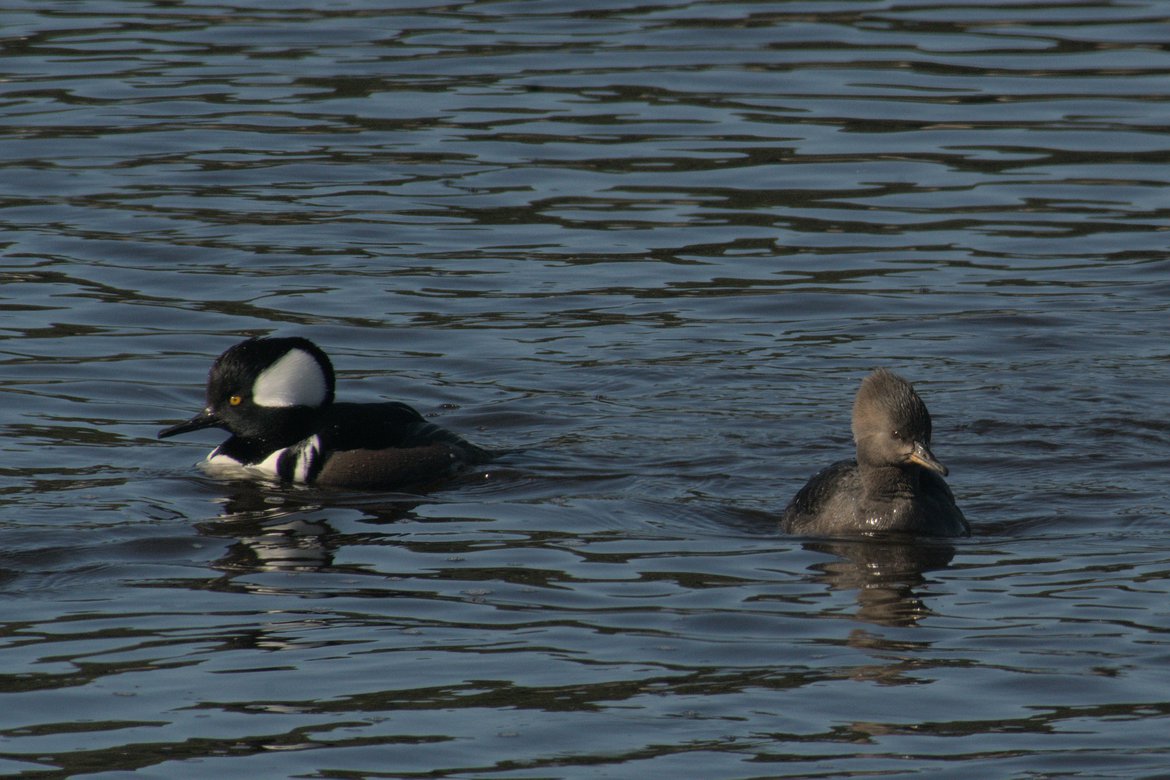
Unlike most places we’ve been, we were never alone birdwatching in Huntington. In all but the coldest of weather there would be plenty of people out with binoculars, and there was often an army of photographers toting around huge lenses. Sometimes we’d see a cluster of people at the side of the road and now there was something in the trees. It reminded me of the the traffic jams in Yellowstone that tell you there’s a grizzly bears somewhere nearby.
I cover cameras for Wired and when testing high-end cameras and lenses I often find myself thinking, who spends this much on camera gear? Usually I end up deciding that hardly anyone does, but Huntington Beach proved me wrong. I met photographers of all sorts, from professional wildlife photographers to totally self-taught amateurs, but whatever their status they all seemed able to afford really nice, long lenses. Not sure what’s wrong with me, but I just can’t bring myself to spend $2,000 on a camera lens.
The funny thing is, in Huntington most of these birds were so close you really didn’t need a very long lens. Almost all the images here are from a dinky little (manual focus) 100mm lens. The one time I did take out a longer lens (300mm) half the time I ended up with bird head shots.
It was fun to be around other bird nerds though. I’ve met a few fellow bird watchers in our travels, but at Huntington birders seemed to outnumber non-birders. Birders are among the nicest people I’ve met traveling, always pointing me to some thicket where some bird they’d just spotted is hiding. Some people are little wary of the kids, kids do tend to scare off birds, but our kids know better. Unless something comes up. Sometimes when you see the perfect stick you have to go crashing through the underbrush to get it, screw the birds. They are still kids after all.
The kids know though that often looking for birds leads us to interesting places, like the octopus tree1.
Corrinne works with students in the mornings a couple days a week, so the kids and I go out exploring. Initially it was pretty cold, so we stuck to the nature center, where I spent time reading about the Huntingtons, and the kids played with the starfish and stingrays in the touch tanks. The next day was warmer so we went for a walk around another pond and stumbled on a huge tree, or group of trees, with limbs going every which way.
The first day we paused for a few minutes, but we wanted to see what else was down the trail so we kept walking. There was nothing else down the trail quite as compelling as the tree though, not even birds, which were mostly hiding from the wind, so we turned around and went back. And we went back the next day. This time we dispensed with hiking and just went to the tree. I brought along a notebook and worked while they climbed and played games in the tree.
This became our mornings for the better part of two weeks. They were good mornings, sitting in a crook of the tree, writing while the kids scampered around me. It was warm in the sunshine, and the wind hardly stirred back in the forest, no matter how much it might be blowing out on the beach.
It’s a common misconception that living on the road means you don’t have to work. I’m sure that is true for some people somewhere, but not any I’ve ever met. It’s definitely not true for us. Living on the road doesn’t mean working less, in fact it often means working more, working harder. It does, however, often mean you get to working in interesting places. I’ve worked beside rivers, sitting on rock outcroppings, picnic tables, beaches, sand dunes, marshes, and now, sitting in a tree.
-
Two different locals used this name. One said there used to be a sign, but we never saw anything about the tree anywhere in the park. ↩


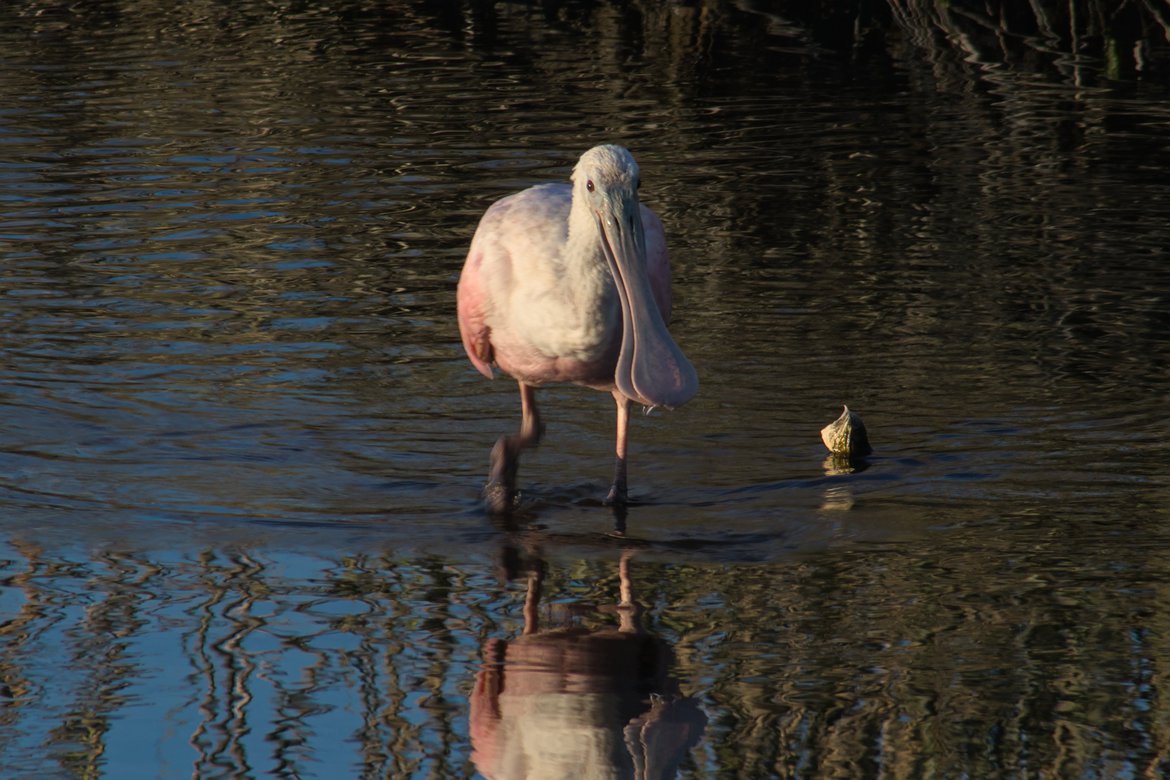
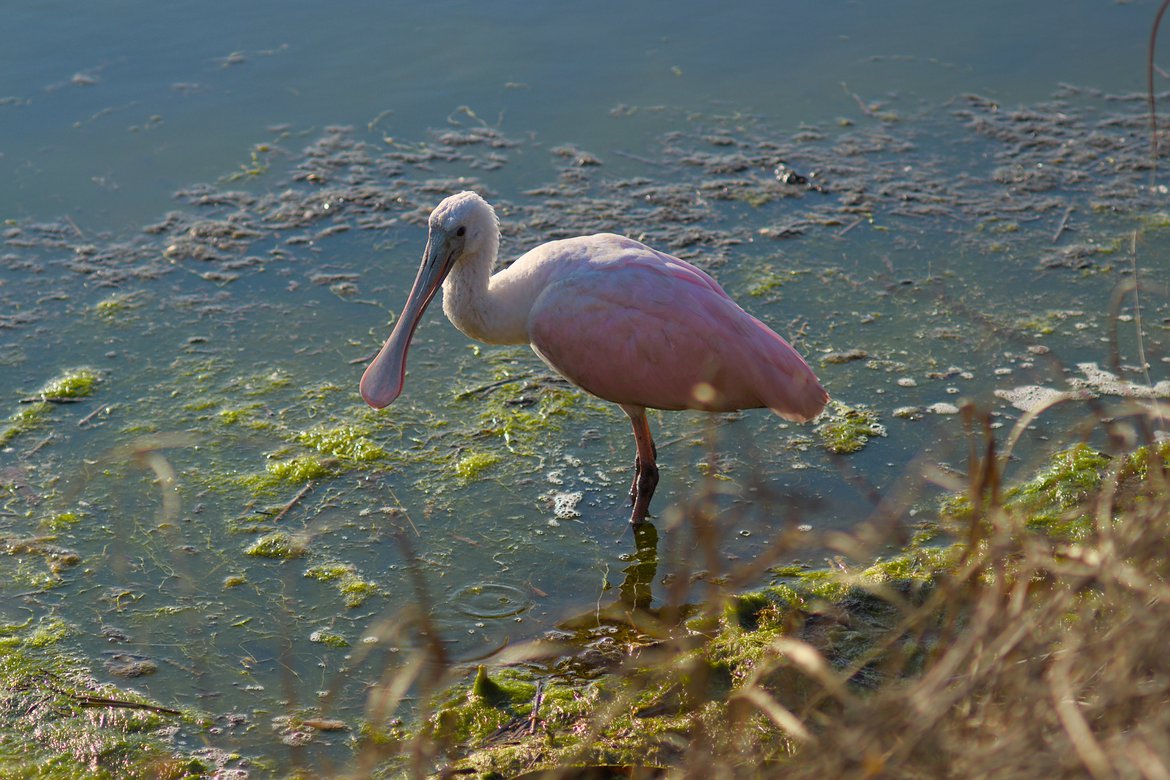
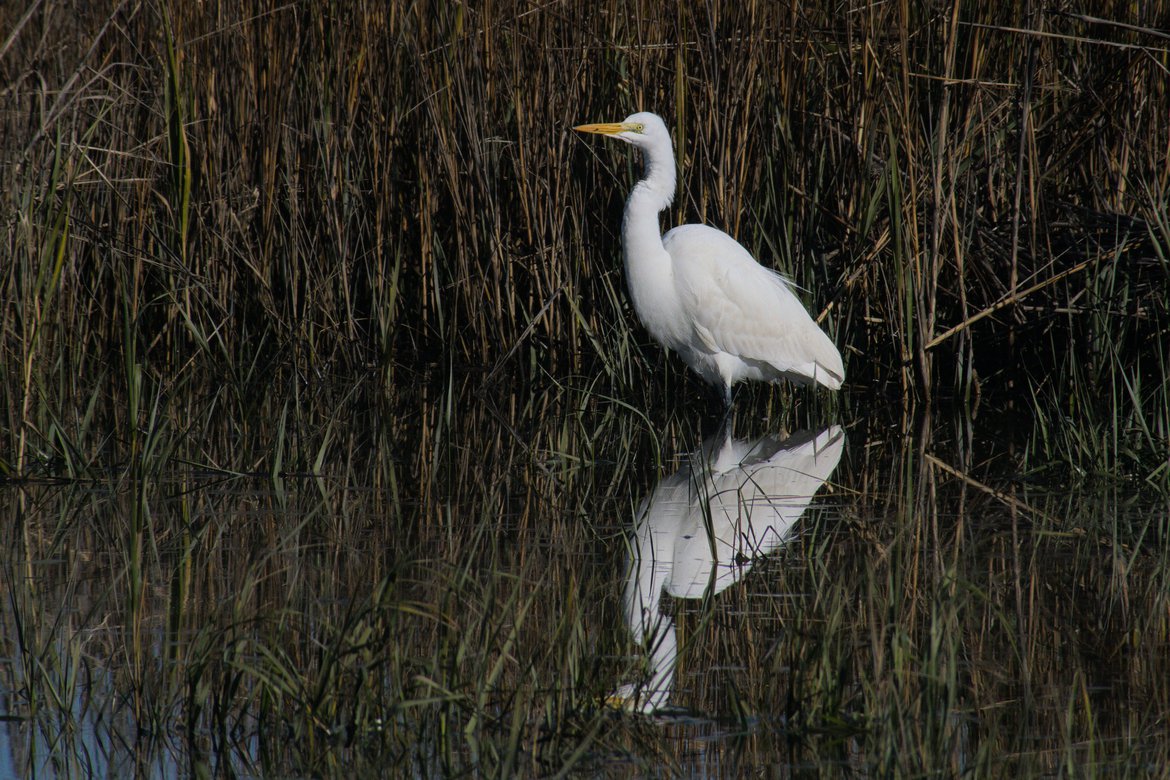

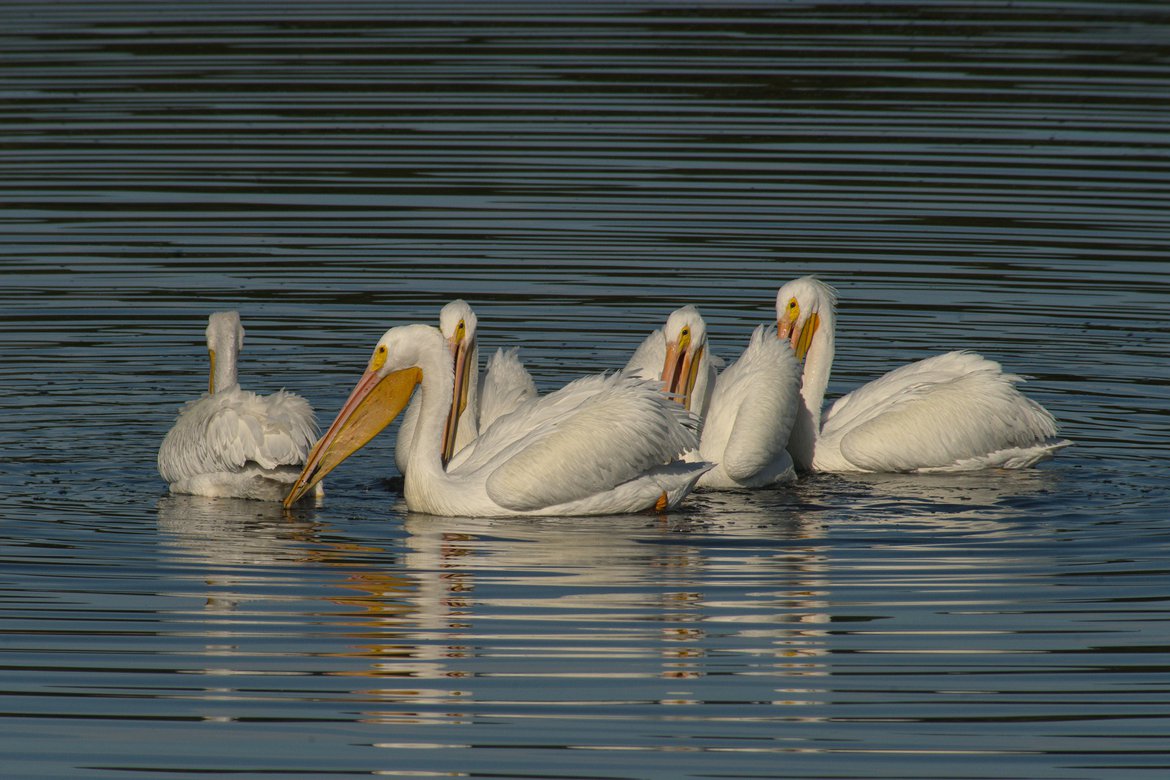
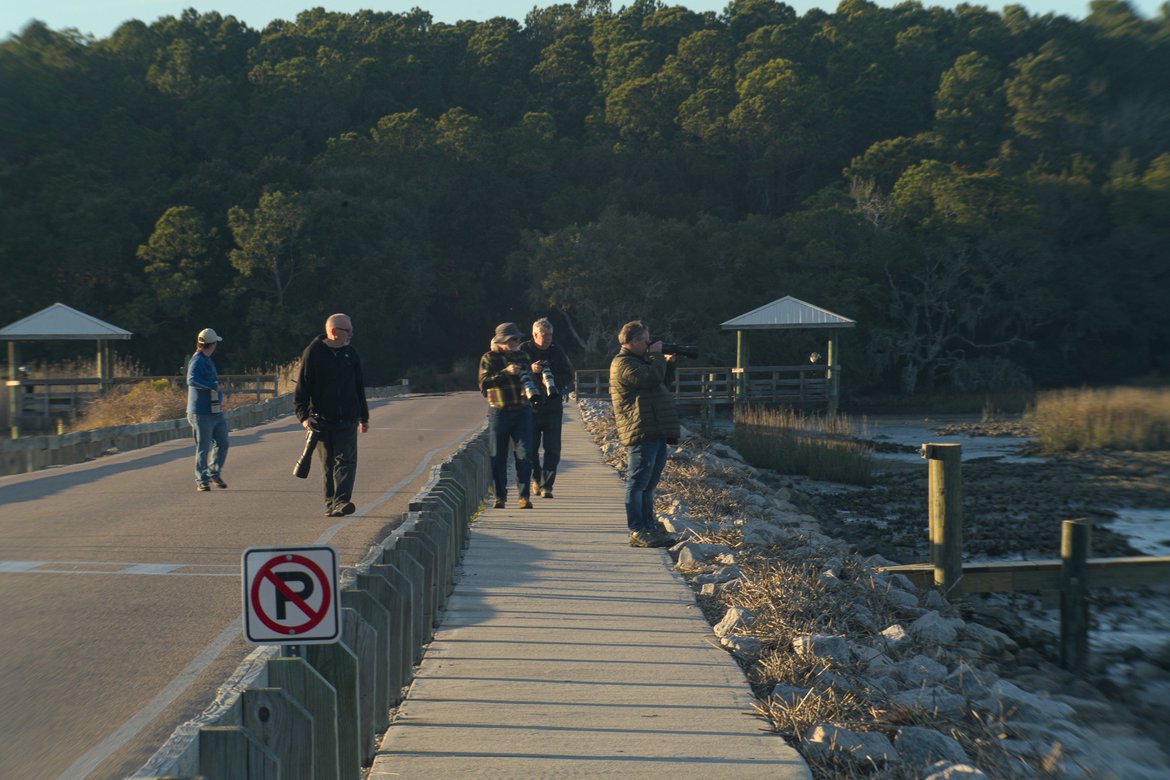
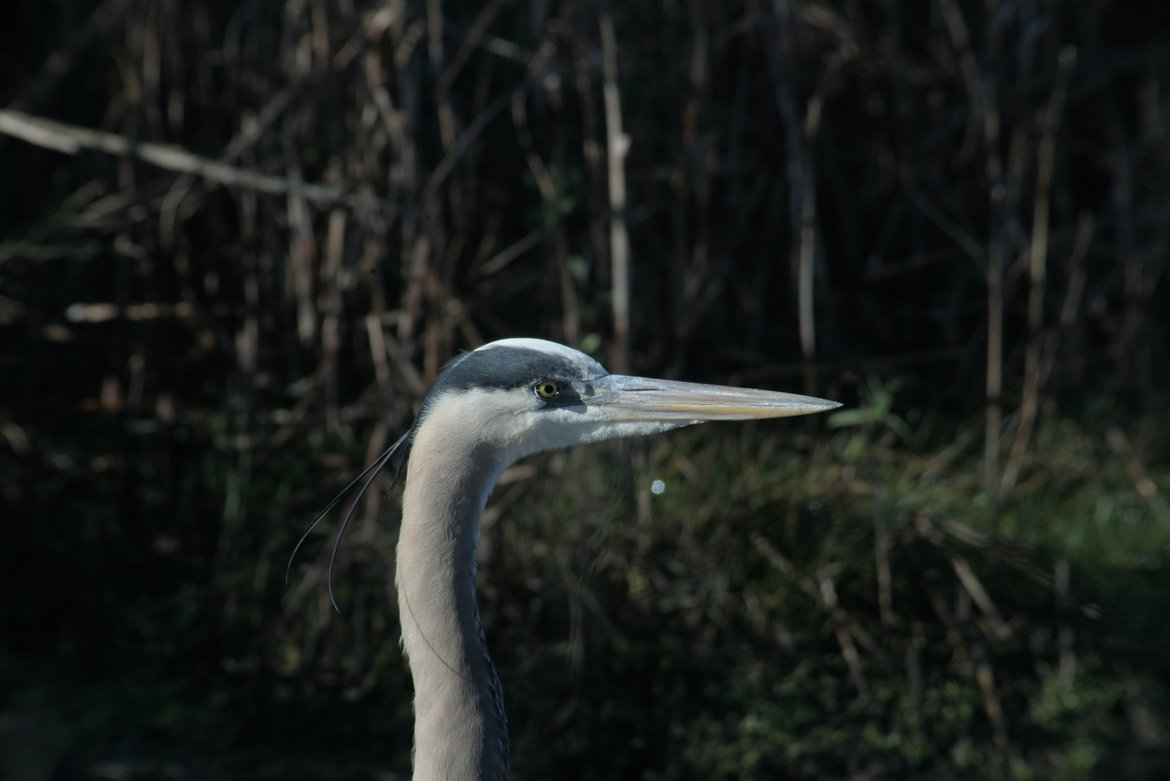
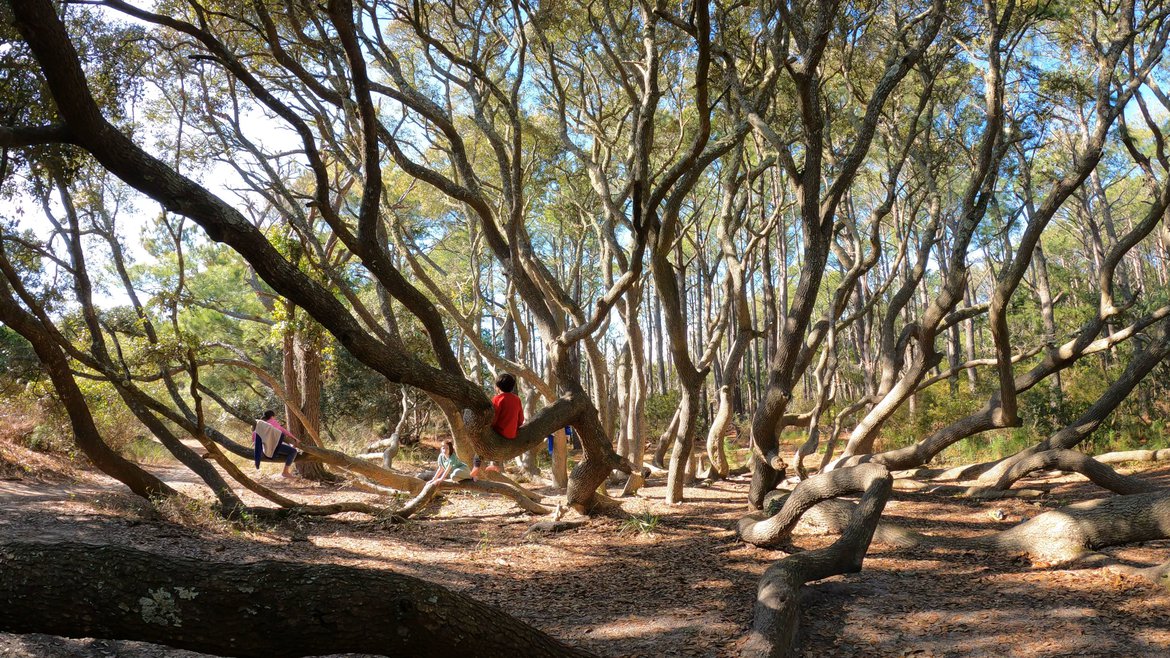
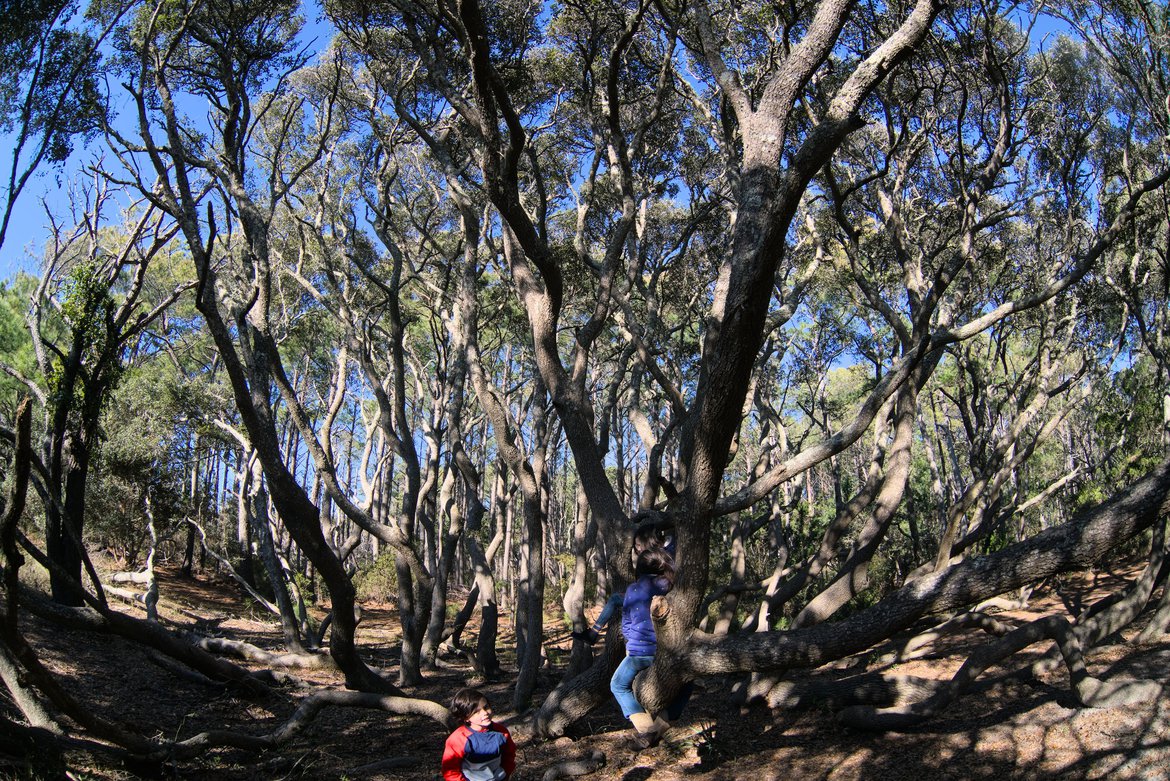

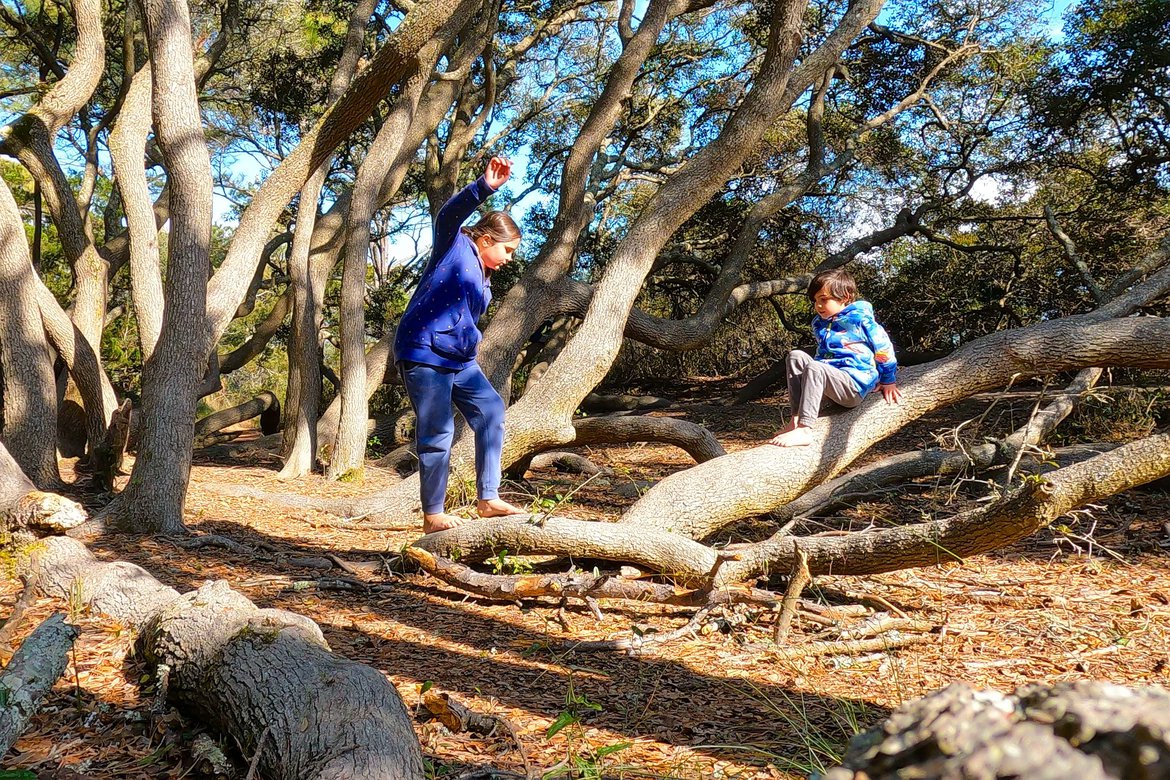
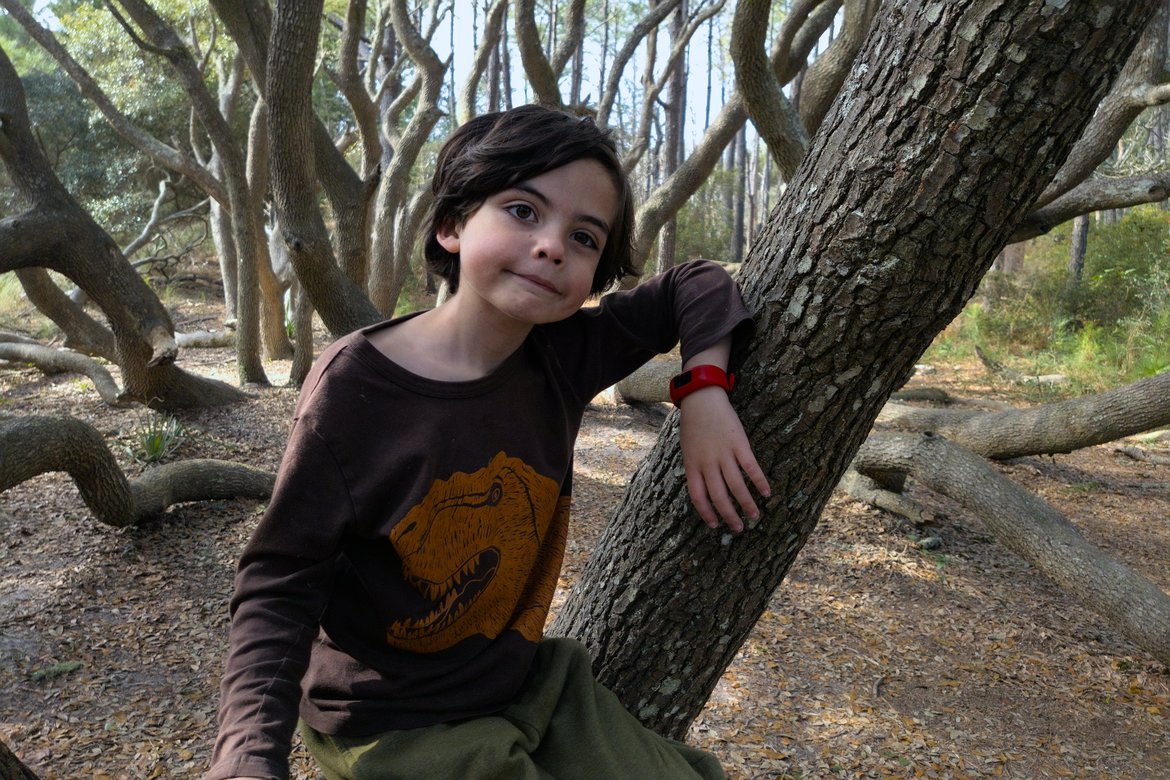
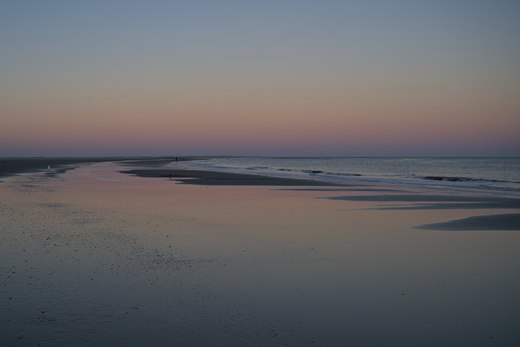
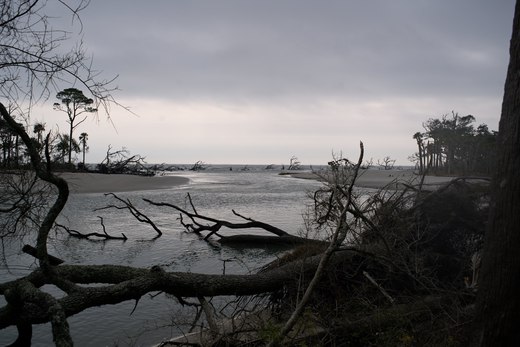
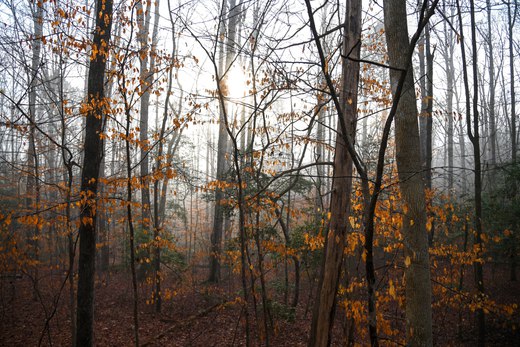
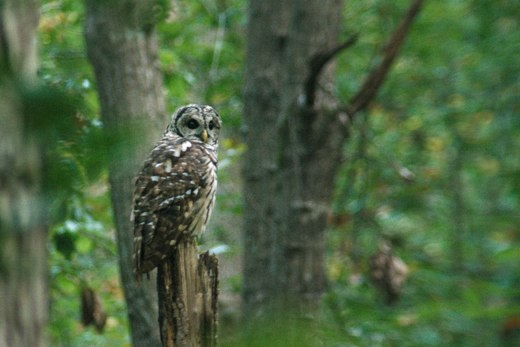
Thoughts?
Please leave a reply:
All comments are moderated, so you won’t see it right away. And please remember Kurt Vonnegut's rule: “god damn it, you’ve got to be kind.” You can use Markdown or HTML to format your comments. The allowed tags are
<b>, <i>, <em>, <strong>, <a>. To create a new paragraph hit return twice.